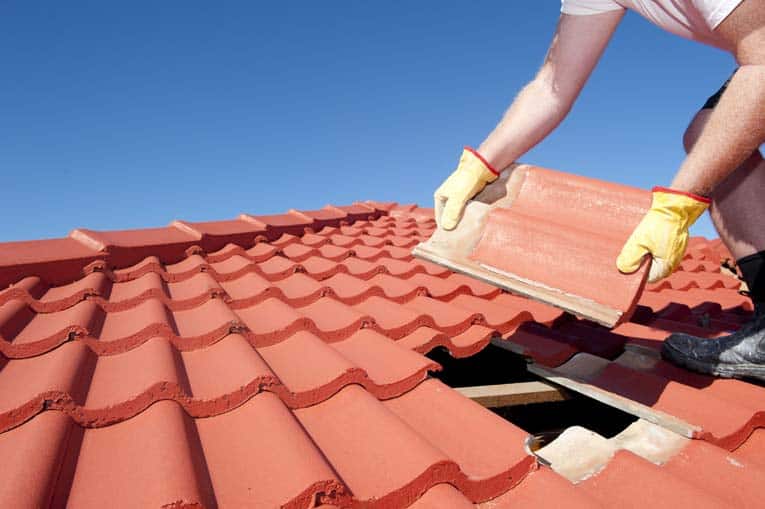What are the strategies of roof inspection?

Roof inspections are essential for figuring out potential points and ensuring the longevity of your roof. Regular inspections may help detect issues early, stopping costly repairs or replacements down the line. Here are some frequent strategies and steps for conducting a roof inspection:
Visual Inspection:
a. Exterior Inspection:
Start by examining the roof from the ground using binoculars or by safely climbing onto a ladder to get a closer look.
Look for seen signs of damage, corresponding to lacking or broken shingles, curling or buckling shingles, or loose or deteriorated flashing round roof penetrations.
Check for debris, moss, algae, or lichen growth on the roof, which can indicate moisture-related issues.
Inspect the gutters and downspouts for granules from shingles, as excessive granule loss can sign shingle wear.
b. Interior Inspection:
Go into the attic or crawl space and inspect the underside of the roof deck for indicators of leaks, moisture, or water stains.
Look for https://roofrestorationtownsville.com/tile-roof-repairs/ coming via cracks or holes within the roof deck, which may point out roof harm.
Check for indicators of insulation injury, mold, or mildew progress, which can end result from roof leaks.
Roof Walk:
a. If it is safe to take action, walk on the roof floor to examine it up shut.
b. Be cautious and wear acceptable safety gear, corresponding to non-slip footwear and a safety harness if needed.
c. Look for any soft or spongy areas, which could indicate underlying injury.
d. Check for unfastened or broken roofing supplies, in addition to signs of wear and tear.
Moisture Detection:
a. Use a moisture meter to detect hidden moisture inside the roof structure and insulation.
b. Moisture detection may help establish leaks or areas of potential water intrusion that is in all probability not seen.
Drone Inspection:
a. Drones geared up with cameras can provide a comprehensive view of the roof floor without the need for direct bodily access.
b. A drone inspection can be particularly helpful for larger or hard-to-reach roofs.

Professional Inspection:
a. Consider hiring an expert roofing contractor or inspector to conduct an intensive inspection.
b. Professionals have the expertise, instruments, and expertise to determine points that is in all probability not obvious to a home-owner.
Documentation:
a. Document your findings with photos and notes to create a document of the roof's condition.
b. This documentation can be useful for tracking changes over time and for insurance claims or repairs.
It's necessary to perform roof inspections frequently, ideally at least once a year, and after severe climate occasions like storms. Additionally, if you're not snug or confident in your ability to carry out a roof inspection safely, it's advisable to rent a qualified roofing skilled to make sure an intensive and accurate evaluation of your roof's situation..
